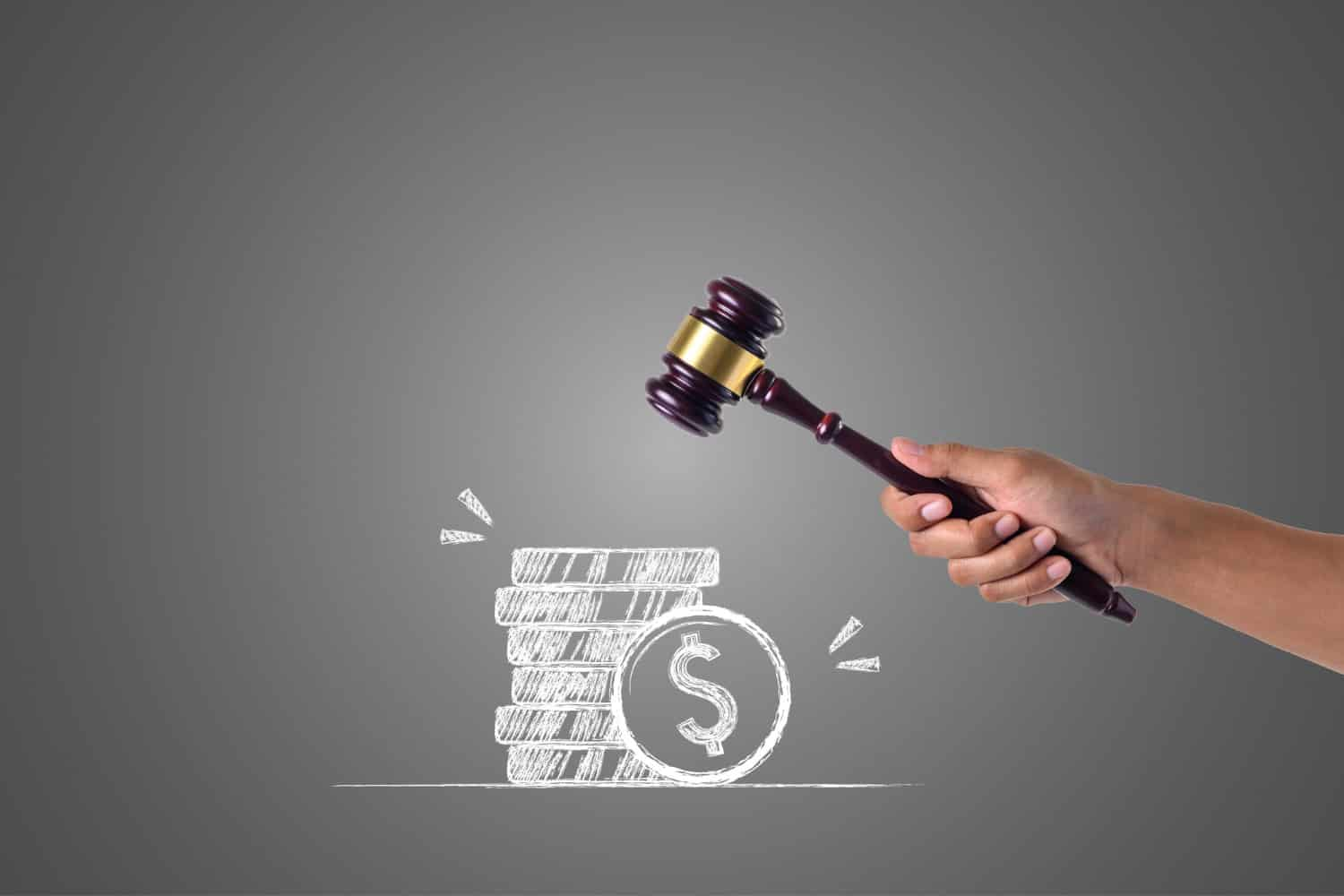Insolvency and restructuring law plays a crucial role in managing financial crises and ensuring the stability of both businesses and economies. This area of law addresses the legal processes involved when a company or individual is unable to pay their debts, providing a framework for reorganizing debt obligations or liquidating assets to satisfy creditors. Crypto Broaden, a platform offering financial insights, often explores the nuances of insolvency law in relation to digital currencies and blockchain technologies, demonstrating how modern financial markets are increasingly being shaped by legal frameworks in this domain.
Table of Contents
Understanding Insolvency and Restructuring
Insolvency is the condition where an individual or entity cannot meet its financial obligations when they come due. This condition can arise from poor management, excessive borrowing, or unforeseen economic conditions. Restructuring, on the other hand, involves a company reorganizing its debts and operations in a way that can help it continue its business operations, often with the help of legal professionals who ensure the process follows the regulations and laws in place.
Insolvency and restructuring law helps determine the appropriate actions for dealing with financial distress. It is designed to protect the interests of both creditors and debtors while providing an avenue for recovery or orderly liquidation. For individuals or businesses that find themselves in financial turmoil, these legal frameworks are essential to navigate the complex processes of debt restructuring or bankruptcy.
Key Aspects of Insolvency Law
There are several key aspects to insolvency law, which generally include the following:
-
Voluntary Insolvency: This occurs when a debtor acknowledges financial distress and willingly seeks to declare bankruptcy or undergo a restructuring process. It allows the debtor to have more control over the process compared to involuntary insolvency.
-
Involuntary Insolvency: In contrast, involuntary insolvency happens when creditors file a petition against a debtor for bankruptcy, forcing them into a legal process they might not have chosen. The court then steps in to take control of the situation.
-
Corporate Restructuring: Businesses often undergo restructuring to maintain operations and avoid liquidation. This can include renegotiating debt, cutting costs, or reorganizing departments.
-
Liquidation: If a company cannot be saved through restructuring, it may be forced to liquidate its assets to satisfy its creditors. Liquidation involves selling off the business’s assets, and the proceeds are used to pay back as much debt as possible. This process is often seen as a last resort.
-
Debt Settlement: One of the most common ways of restructuring is through debt settlement, where a company or individual negotiates with creditors to reduce the total amount owed or extend the repayment period to make payments more manageable.
The Role of Insolvency Practitioners
Insolvency practitioners are professionals who specialize in managing the insolvency process. Their role is pivotal in both corporate and personal insolvency cases. They help assess the financial situation of the entity in distress, liaise with creditors, and guide the legal process of either restructuring or liquidation. These practitioners are often appointed by the court or chosen by the debtor and creditors to ensure that the insolvency process is handled appropriately and fairly.
These professionals also provide advice on how to avoid insolvency, helping businesses and individuals take proactive measures to manage their finances before reaching a point of no return.
Impact on Stakeholders
The consequences of insolvency and restructuring can be far-reaching for all stakeholders involved, including creditors, employees, customers, and shareholders. Creditors may face losses if they are unable to recover the full amount owed to them, but insolvency law ensures that they are treated fairly. Employees may lose their jobs, but some may receive severance pay or unemployment benefits depending on the jurisdiction.
For businesses, restructuring provides an opportunity to recover and return to profitability, while for individuals, insolvency provides a way out of overwhelming debt, often through mechanisms like bankruptcy protection or debt relief.
Insolvency Law and Digital Finance
With the rise of digital currencies, fintech, and blockchain technology, insolvency and restructuring law has had to adapt to new challenges. The involvement of digital assets in insolvency cases introduces complexities, especially when it comes to determining ownership and the value of assets. Platforms such as Crypto Broaden have begun to address these emerging issues, offering insights on how the legal system is evolving to keep up with the rapidly changing financial landscape. As blockchain and cryptocurrency continue to grow, it is expected that insolvency law will increasingly intersect with these technologies, requiring new legal frameworks to manage digital assets in financial distress.
The Future of Insolvency and Restructuring Law
As global economies continue to face uncertainty, particularly in times of economic downturns, the role of insolvency and restructuring law will only become more significant. The rise of global financial markets and the increasing complexity of digital finance will require continuous adaptation of the law to keep pace with changing business environments. Legal professionals will need to stay informed and flexible, finding innovative ways to handle new types of debt, assets, and financial structures.
In conclusion, insolvency and restructuring law provides a vital service in maintaining the stability of economies and businesses. It offers a pathway for businesses and individuals in financial distress to either recover or undergo an orderly liquidation process. With the increasing involvement of digital finance, this area of law will continue to evolve, ensuring that the legal frameworks governing insolvency remain relevant in a rapidly changing world.





